Leica SL (Typ 601) Review - Image Quality and Verdict Review
Image Quality and Verdict
Leica’s top-end CSC has some outstanding features
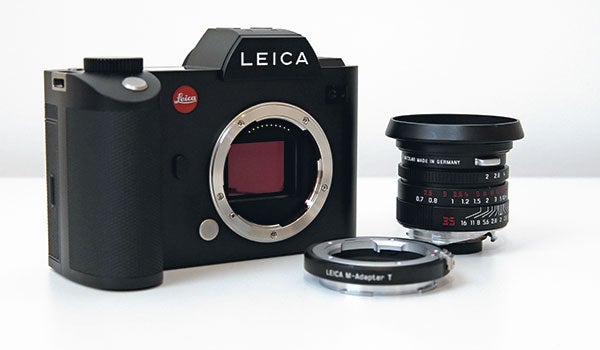
Sections
- Page 1 Leica SL (Typ 601) Review
- Page 2 Build, Handling and Performance Review
- Page 3 Image Quality and Verdict Review
Leica SL (Typ 601) – Image quality
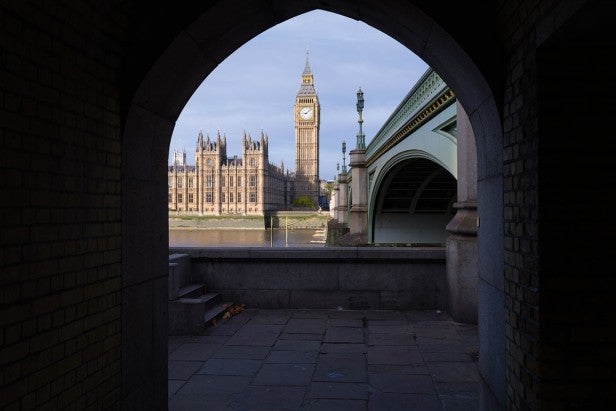 Default processing: In this shot, exposing to retain highlight details gives blocked-up shadows
Default processing: In this shot, exposing to retain highlight details gives blocked-up shadows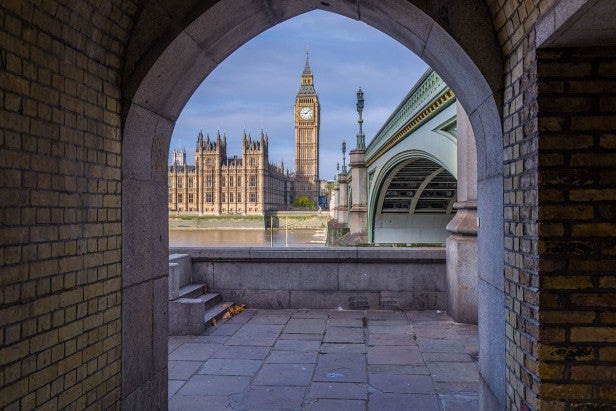 Highlights and shadows adjusted: Lots of shadow detail can be pulled up by processing in Adobe Camera Raw
Highlights and shadows adjusted: Lots of shadow detail can be pulled up by processing in Adobe Camera Raw
Leica has fitted the SL with a 24-million-pixel full-frame CMOS sensor, which it says is related to that inside the Leica Q (Typ 116) full-frame compact, and is not the Sony unit used in several other full-frame cameras. Specifically, the design of its pixels means that they can accept incoming light from more acute angles, which according to Leica means it should be less prone to the colour shading and corner smearing that can be seen when shooting with certain M-mount wideangle lenses.
With no low-pass filter, the sensor resolves a lot of detail, although this means it can occasionally be prone to giving image artefacts in return. As we’d expect from a modern full-frame sensor, low ISO dynamic range is very high, and high ISO noise performance very commendable, too.
Dynamic range: At low ISOs of 50-200, the SL gives an impressively high dynamic range of 12.5EV or more in our Applied Imaging tests, indicating that raw files should offer significant scope for manipulation and recovering shadow detail in particular. Beyond ISO 400, it starts to fall more rapidly, and by the time we get beyond ISO 3,200 it’s rather low, indicating that at this point noise will start to have a more serious impact on detail. At ISOs 25,000 and 50,000 we see very low readings, suggesting these settings should be avoided.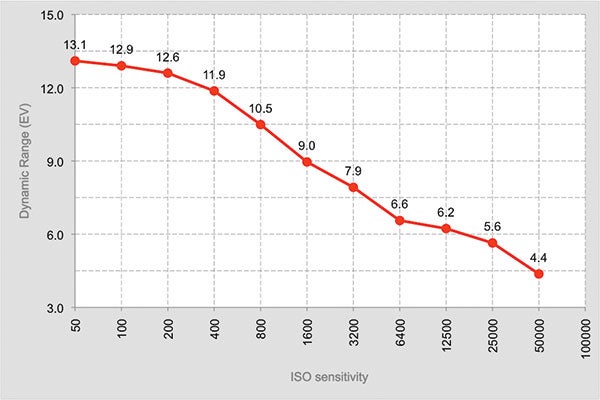
Resolution: With a measured resolution at ISO 50 of almost 4,000l/ph, the SL gets about as much out of its 24-million-pixel sensor as theoretically possible. This also confirms that the 24-90mm zoom is impressively sharp; we shot these tests at 50mm and f/5.6. Stepping up through the ISO range sees resolution slowly diminish due to the effects of noise, but it’s still around 3,600l/ph at ISO 1,600, and 3,400l/ph at ISO 6,400. Beyond this, things take a turn for the worse, with noise limiting resolution to 2,800l/ph at the highest setting.
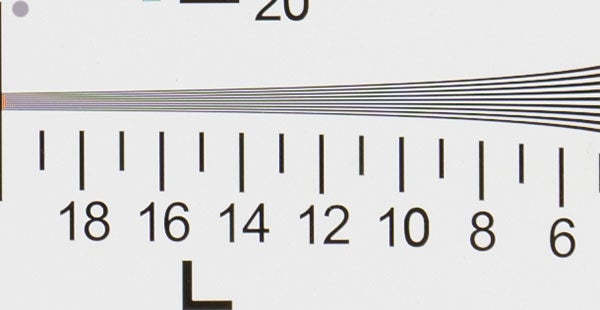 RAW ISO 50
RAW ISO 50
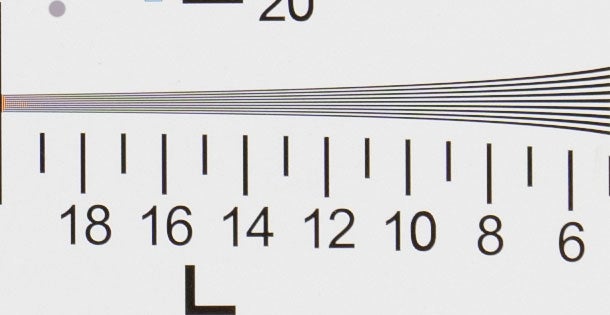 RAW ISO 400
RAW ISO 400
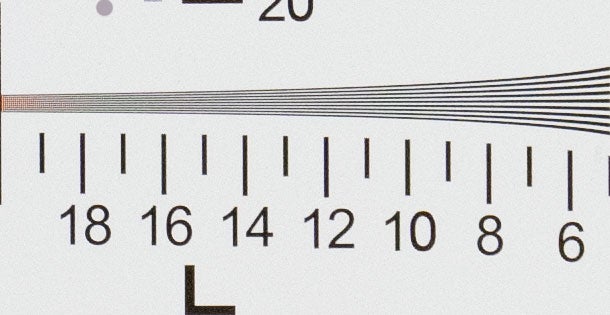 RAW ISO 3,200
RAW ISO 3,200
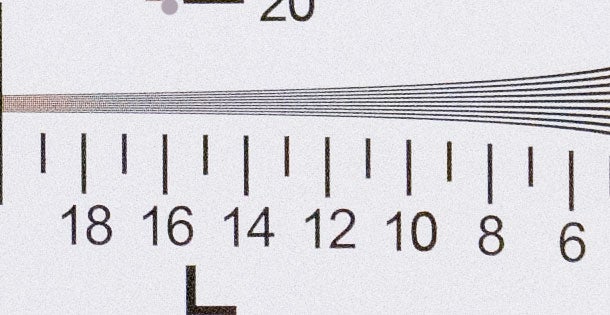 RAW ISO 12,500
RAW ISO 12,500
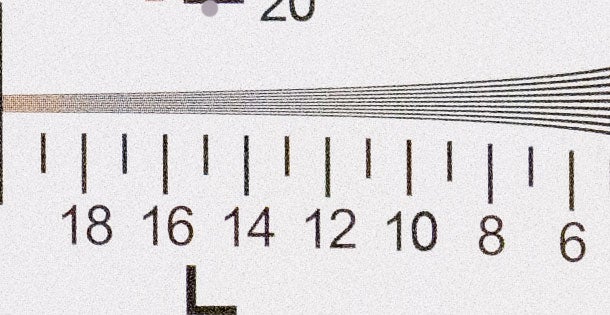 RAW ISO 25,000
RAW ISO 25,000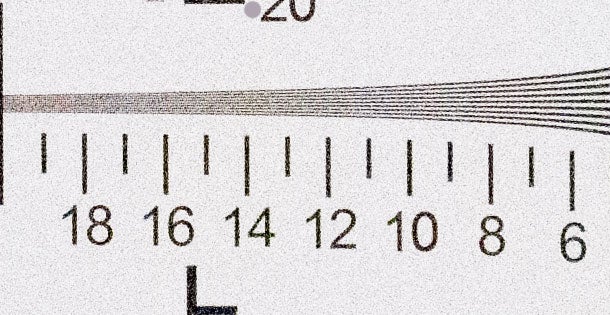 RAW ISO 50,000
RAW ISO 50,000
Noise: Both raw and JPEG images taken from our diorama scene are captured at the full range of ISO settings. The camera is placed in its default setting for JPEG images. Raw images are sharpened and noise reduction applied, to strike the best balance between resolution and noise.
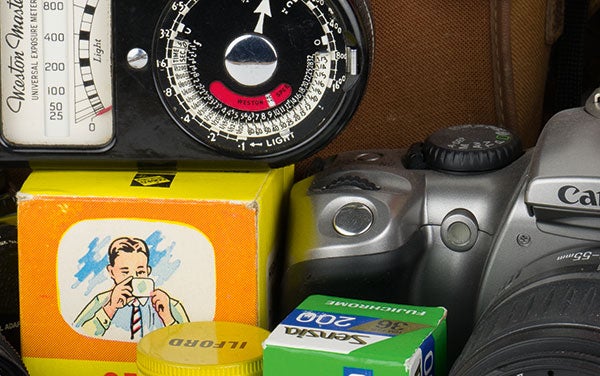 RAW ISO 50
RAW ISO 50
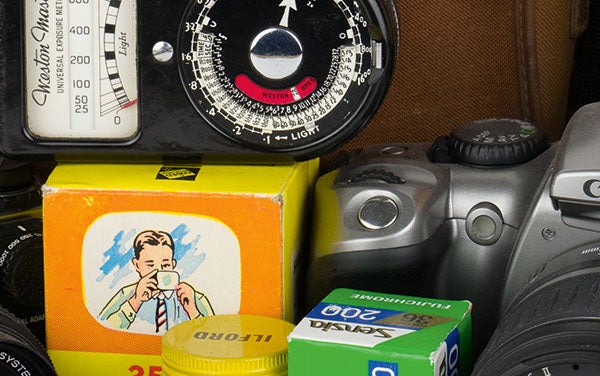 RAW ISO 400
RAW ISO 400
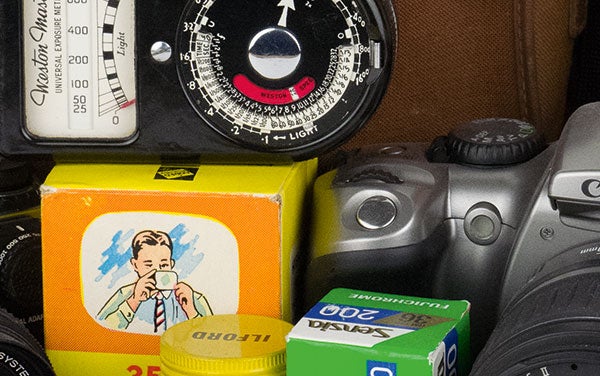 RAW ISO 3,200
RAW ISO 3,200
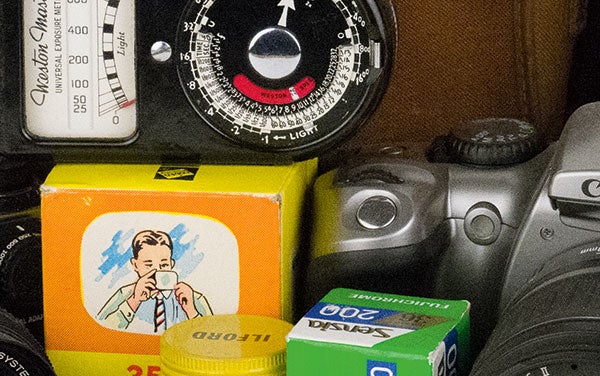 RAW ISO 12,500
RAW ISO 12,500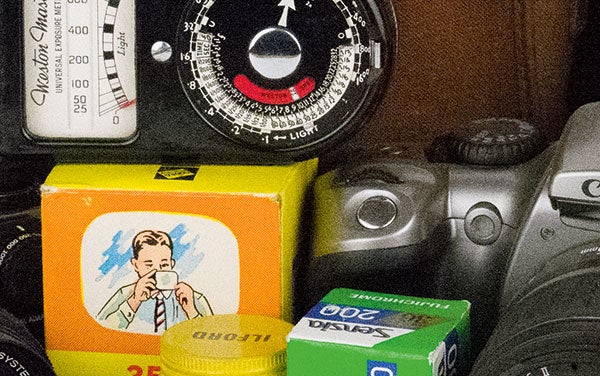 RAW ISO 25,000
RAW ISO 25,000
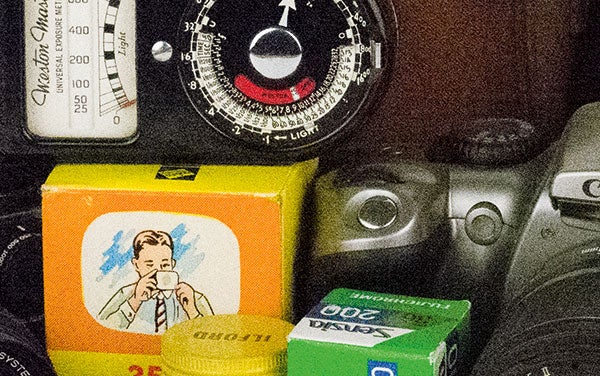 RAW ISO 50,000
RAW ISO 50,000
With beautifully clean and detailed images, the Leica SL gives excellent results at low ISO settings. In normally processed images, it maintains near-indistinguishable image quality at ISO 1,600, with just a little noise creeping into shadow regions if you examine images very closely at the pixel level. ISO 3,200, however, is still very good indeed, and it’s only at ISO 6,400 that fine details start to get visibly blurred by the impact of noise. Step up to ISO 12,500, though, and things start to deteriorate more quickly; low-frequency colour botching is detectable in shadow regions, and fine low-contrast detail is beginning to get overwhelmed by noise. Even so, this setting should be acceptable for small prints or web use. The top two sensitivities, in contrast, really aren’t very good at all, and should be reserved for situations where there’s no other option.
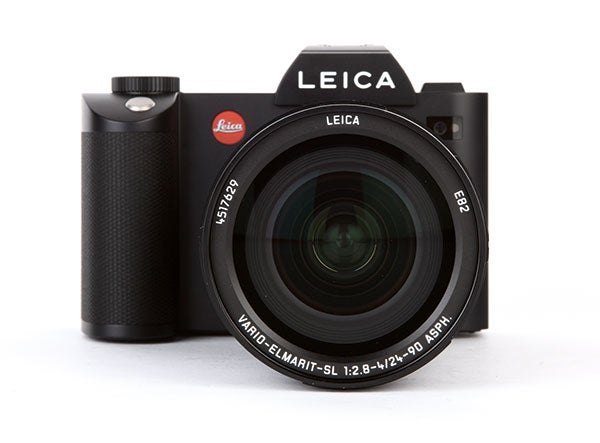
Should I buy the Leica SL (Typ 601)?
From the moment you set eyes on the Leica SL, it’s clear this is no ordinary camera. With its slab-sided design and minimalist unmarked controls it looks like nothing else on the market, particularly when kitted with its huge 24-90mm zoom. The spec sheet is impressive, too; no other full-frame camera has quite the same combination of resolution and speed.
There’s little to complain about in terms of image quality, either, with the sensor and lens combining to deliver superb results. The addition of 4K video shooting is the icing on the cake.
Unfortunately, though, the SL’s eccentric control system with its unmarked, dual-function buttons marks it out as one of the least intuitive cameras to pick up and use that we’ve seen for a long time. Indeed, it’s almost the antithesis of Leica’s other recent design, the rangefinder-like Q, with its traditional control dials. But after spending some time studying it and reconfiguring it to my liking,
I enjoyed shooting with the SL more than I initially expected. This is mainly down to its fabulous viewfinder, with its huge, bright and detailed view, and ability to preview more or less exactly how your image will look before shooting. This is surely the future, and once you’ve experienced the benefits of looking at the world through an EVF this good, you may find yourself reluctant to ever go back to using a DSLR.
But despite all its clever technology, does the Leica SL really make sense at the moment, particularly compared to the less expensive full-frame alternatives from Canon, Nikon or Sony, which also have many more lenses to choose from? For the majority of photographers, probably not, but in a way that’s the point. Leica isn’t really trying to be a mainstream player anyway; instead, it’s made a very intriguing – and capable – camera that will suit a minority of photographers very well indeed.

